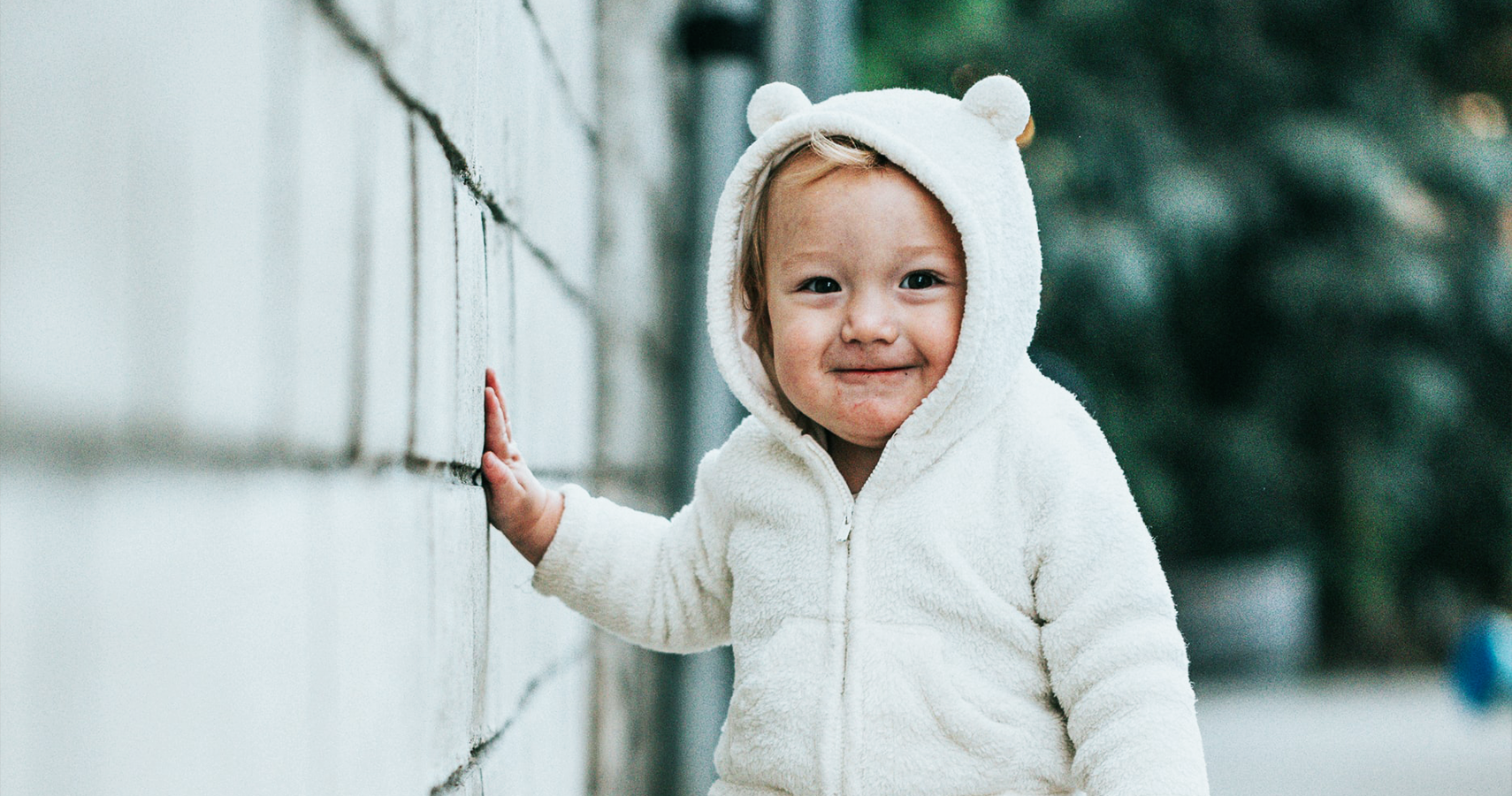Alopecia or hair loss is a problem that affects people of all ages. Hair loss may be more prevalent among adults, but it can also affect young children. Alopecia in kids accounts for almost 3% of pediatric visits in the United States. Alopecia areata is a hair loss disorder that is due to an autoimmune disorder. The disorder occurs when the body’s immune system attacks the hair follicles. Hair loss in kids is relatively common but it usually has different characteristics from adult hair loss. In most cases, hair loss in children is due to a scalp disorder.
If your child has distinct bald spots or thinning hair, you are likely to be worried about the hair loss. Seeing your toddler’s hair beginning to fall out can come as a real shock. It is important to visit a doctor for proper treatment. Fortunately, with proper diagnosis, most cases of pediatric alopecia can be treated successfully. Most causes of alopecia in children are not dangerous or life-threatening. Scalp ringworm is the most common cause of hair loss in kids. This is a fungal infection that can be treated, reversing hair loss.
Causes of Alopecia in Toddlers
There are several causes of hair loss in toddlers. Tinea capitis or scalp ringworm is one of the most common causes. This is a fungal infection that causes hair loss and scaly patches on the head. The round or oval patches occur where the hair has fallen off. Other causes of hair loss are alopecia areata that occurs when the immune system attacks hair follicles.
The condition is characterized by smooth, skin-colored patches of hair loss. Hair twirling or pulling can damage hair follicles, causing hair loss. Trichotillomania is the hair loss due to pulling, twisting, or plucking the hair and it can be due to anxiety. It is important to find out the underlying reason.
Treatment of Alopecia in Toddlers
It is important to get a proper diagnosis for hair loss in order to get the right treatment. Treatment of alopecia in toddlers depends on different factors including the extent of the hair loss, the age of the child, and the duration of the loss. In some cases, hair regrowth may occur without treatment. Depending on the cause of hair loss, the doctor may recommend waiting before turning to medication.
If the hair fails to grow after a certain period, the doctor may prescribe topical corticosteroids. Certain creams and oils can be prescribed to treat pediatric patients. Topical immunotherapy can be used to treat severe or chronic alopecia. In some cases, intravenous steroids can be given to treat underlying inflammation in toddlers.
Hair Loss Due To Nonmedical Reasons
While there are hair loss problems that require medical treatment, in some cases time resolves the issue. Some of the cases that require time include newborn hair loss. Most newborns lose hair in the first months of their life. This newborn hair is soon replaced by permanent hair. If your cute baby suddenly loses his thick mane, there is no cause for worry.
Many babies can end up with a bald spot that is caused by constant rubbing or friction. This can be due to anything from a car seat to a mattress. When the child learns to sit up or becomes more mobile, the hair regrows. Vigorous pulling or brushing can cause hair loss. Changing the brush and being gentle when styling your toddler's hair will help to solve the problem.
Helping Your Toddler Through The Condition
Depending on his age, your toddler may not understand what he is going through. If he does understand, you need to help him through the process. It is important to talk to your toddler and help him not to feel too conscious about the hair loss. Talk to the rest of the family as well as the toddler’s teachers or caretakers about his condition. This can help to prevent issues of bullying. Try not to look anxious or worried in the presence of your toddler. Treating the condition as normal will help the child to deal with the issue of hair loss. Ensuring that your toddler eats healthy food can help to prevent nutritional deficiencies that cause hair loss.
Alopecia is not uncommon in toddlers. Many factors can lead to hair loss and they include stress, tension, and infections. In most cases, the greatest impact of hair loss is on a child’s emotions. Most of the hair loss causes are treatable and it is important to take your toddler to the doctor for proper diagnosis and treatment.
Sources: medicalnewstoday.com, momjunction.com, webmd.com, medicalnewstoday.com.

